
How to safely store and secure your cryptocurrency
Welcome to the exciting world of cryptocurrency! As the popularity of digital assets continues to grow, it's important to understand how to safely store and secure your investments. After all, you wouldn't leave your physical cash lying around without protection, so why should your digital assets be any different?
In this article, we'll be diving into the different storage options available for your cryptocurrency, including both cold and hot wallets. We'll also be discussing the importance of using strong and unique passwords, as well as the added security benefits of two-factor authentication. And let's not forget about the ever-present threat of hacking and phishing attempts – we'll be covering tips on how to protect yourself against these malicious tactics.
But don't worry, we won't be boring you with dry and technical language. We'll be keeping things light and informative, with a touch of humor to make the learning experience a little more enjoyable. So sit back, relax, and let's get started on safeguarding your digital assets. After all, you never know when Elon Musk might tweet about dogecoin again and you don't want to miss out on the next bull run because you didn't properly secure your coin.
Cold storage options
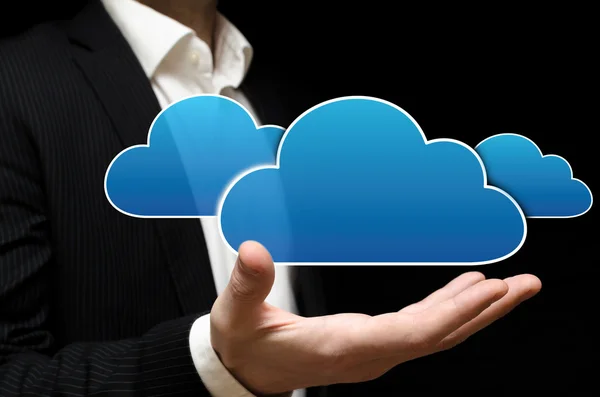
When it comes to storing your cryptocurrency, there are two main options: hot storage and cold storage. Hot storage refers to keeping your digital assets on a device that is connected to the internet, such as a mobile or desktop wallet. Cold storage, on the other hand, refers to keeping your assets offline, in a so-called "cold" wallet.
Cold storage options include hardware wallets and paper wallets. Hardware wallets are physical devices, similar to a USB drive, that store your private keys offline. This means that even if your computer or phone is hacked, your assets will still be safe as long as you keep your hardware wallet in a secure place. Popular hardware wallets include Trezor and Ledger.
Paper wallets, as the name suggests, are physical copies of your private keys that are printed on paper. These can be generated using a variety of online tools and can be stored in a safe deposit box or a home safe. The key point of paper wallet is that it does not have any digital copy of the private key. One thing to keep in mind is that paper wallets can be easily damaged, lost, or stolen, so it's important to have a backup of your private keys and to store your paper wallet in a secure location.
While both hardware and paper wallets offer a high level of security, it's important to keep in mind that they do require some extra effort on your part. For example, you'll need to ensure that your hardware wallet's firmware is up-to-date, and you'll need to be careful when handling your paper wallet to avoid damage. But hey, that's a small price to pay for peace of mind, right? After all, you don't want to be that guy who loses access to his millions worth of bitcoin because he didn't secure his private key.
Hot storage options
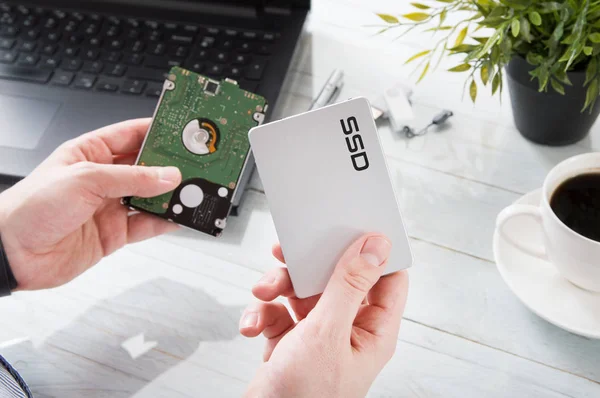
While cold storage options like hardware and paper wallets offer a high level of security, they do require a bit more effort on your part. For those who want a more convenient option, there's hot storage. Hot storage refers to keeping your digital assets on a device that is connected to the internet, such as a mobile or desktop wallet.
Mobile wallets are apps that you can download to your smartphone, such as Mycelium or Coinomi. These wallets allow you to easily access and manage your digital assets on the go. However, it's important to keep in mind that mobile wallets are vulnerable to hacking and phishing attempts, so it's important to use a strong and unique password and to be cautious when clicking on links in emails or text messages.
Desktop wallets are similar to mobile wallets, but they are installed on your computer. These wallets offer a higher level of security than mobile wallets, but they are still vulnerable to hacking and phishing attempts. Examples of popular desktop wallets include Exodus and Electrum.
One thing to keep in mind is that hot storage options are more vulnerable to hacking and phishing attempts. So, it is a good idea to use a hardware wallet to store the bulk of your digital assets and use hot storage options for small amounts that you may need to access more frequently.
In summary, hot storage options like mobile and desktop wallets offer a convenient way to manage your digital assets, but it's important to take the necessary precautions to protect yourself against hacking and phishing attempts. Remember, your digital assets are only as secure as the device they're stored on, so choose wisely.
The importance of using strong and unique passwords
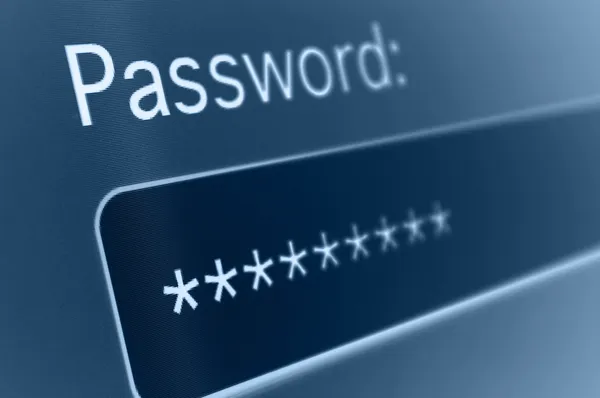
When it comes to protecting your digital assets, using strong and unique passwords is crucial. A strong password is one that is difficult for a hacker to guess, while a unique password is one that is not used for any other account.
Using a weak or common password is like leaving the keys to your digital assets on the front porch for any hacker to find. On the other hand, using a strong and unique password is like locking your digital assets in a state-of-the-art safe. It might take a little more effort to open it, but it's worth it for the added security.
So, how do you create a strong and unique password? A good rule of thumb is to use a mix of upper and lowercase letters, numbers, and special characters. Avoid using common words or phrases, and don't use the same password for multiple accounts. A password manager can also be helpful in generating and storing unique and complex passwords for all your accounts.
It's also important to change your password regularly, especially if you suspect that your account may have been compromised. This can be done by visiting the settings of your wallet or exchange.
In summary, using strong and unique passwords is one of the most important steps you can take to protect your digital assets. It might take a little extra effort to create and manage these passwords, but it's a small price to pay for the added security. So, don't be lazy and use "123456" or "password" as your password, be a responsible crypto holder and use a strong and unique password.
Two-factor authentication and other security measures
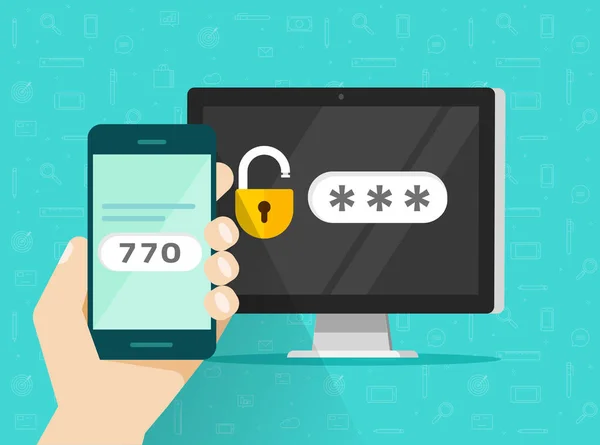
Two-factor authentication, also known as 2FA, is an extra layer of security that requires a user to provide two forms of identification before accessing an account. This can include something you know, such as a password, and something you have, such as a smartphone.
The most common form of 2FA is a one-time code sent via SMS or generated by an authenticator app, such as Google Authenticator or Authy. This code must be entered in addition to your password in order to access your account.
Another type of 2FA is biometric authentication which uses your fingerprint or facial recognition to verify your identity. This method is gaining popularity in the crypto space, especially in mobile wallets.
Two-factor authentication adds an extra layer of security to your account and makes it much harder for hackers to gain access. It's like having a bouncer at the front door of your digital assets, checking ID's before letting anyone in.
Another security measure is multi-sig, short for multi-signature, which requires multiple parties to sign off on a transaction before it can be completed. This is like having multiple locks on your safe, making it harder for anyone to access your digital assets without permission. Multi-sig is mostly used by businesses and organizations to manage their digital assets.
In summary, two-factor authentication and other security measures such as multi-sig and biometric authentication, are great ways to protect your digital assets. These measures add an extra layer of security to your account and make it much harder for hackers to gain access. So, don't just rely on a password to protect your assets, use 2FA and other security measures to secure your digital assets like Fort Knox.
The risks of storing cryptocurrency on exchanges
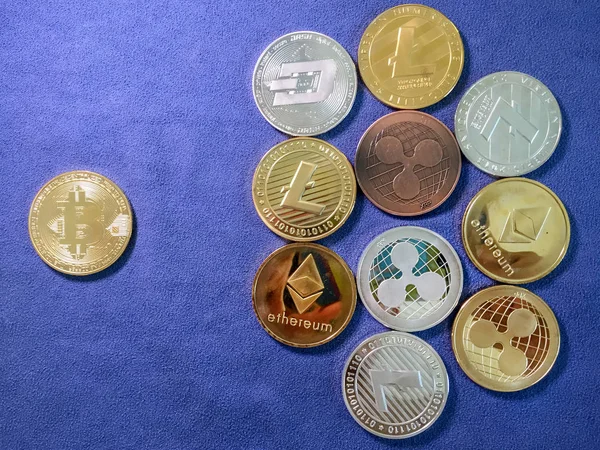
Storing your digital assets on a centralized exchange, such as Binance or Coinbase, can be a convenient option, but it also comes with a certain level of risk.
Exchanges are a prime target for hackers, as they hold a large amount of digital assets in a centralized location. This means that if an exchange is hacked, the attacker may be able to steal a large amount of assets at once. In the past, several exchanges have been hacked, resulting in the loss of millions of dollars worth of digital assets.
Another risk of storing assets on an exchange is that you don't have full control over your assets. This means that if the exchange were to experience technical difficulties, go out of business, or be shut down by regulators, you may not be able to access your assets.
Additionally, storing assets on an exchange also exposes you to the risk of insider trading, where an exchange employee or hacker who has gained access to the exchange's order book can trade on insider information, it's not something that happens often but it is still a risk.
To minimize the risks of storing your digital assets on an exchange, it's important to only store the assets that you plan to trade or use in the short term. The bulk of your assets should be stored in a cold storage option, such as a hardware wallet.
In summary, storing your digital assets on an exchange can be a convenient option, but it also comes with a certain level of risk. Hacks and insider trading are the main risks of storing assets on an exchange, it's important to keep a minimal amount of assets on an exchange and move the bulk of your assets to a cold storage option. It's always better to be safe than sorry, so don't leave your digital assets on an exchange for too long.
Tips for securely transferring and sending cryptocurrency
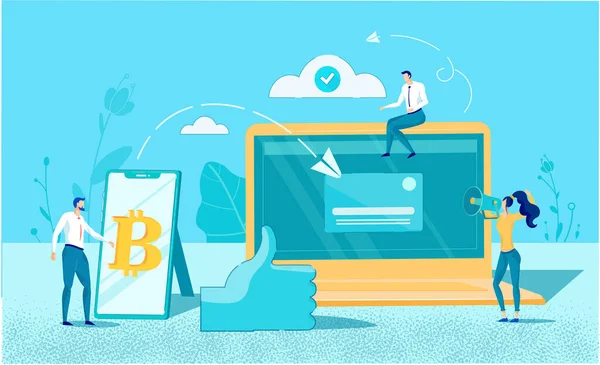
When it comes to transferring and sending your digital assets, it's important to take the necessary precautions to ensure that your assets are protected.
The first and most important step is to verify the recipient's address before sending any assets. This can be done by comparing the address to the address that you have on file or by asking the recipient to confirm the address. Sending assets to the wrong address can result in the permanent loss of your assets.
Another tip is to use a hardware wallet, such as a Trezor or Ledger, to transfer your assets. Hardware wallets offer a high level of security and can be used to sign transactions offline. This means that even if your computer or phone is hacked, your assets will still be safe.
It's also important to be cautious when clicking on links in emails or text messages, as these can be phishing attempts. Phishing is a tactic used by hackers to trick you into giving away your private keys or seed phrase. Always double-check the sender's address and never enter your private keys or seed phrase into any website that you are not 100% sure of.
Another important thing to keep in mind is the fee of the transaction, low fee might result in the delay of confirmation of the transaction.
In summary, securely transferring and sending your digital assets requires a bit of extra effort on your part. But by following the tips above, such as verifying the recipient's address, using a hardware wallet, and being cautious of phishing attempts, you can protect your assets and ensure that your transactions are processed safely and efficiently. Remember, the crypto space is full of scammers and hackers, so always be vigilant when handling your digital assets.
The importance of keeping software and firmware up to date
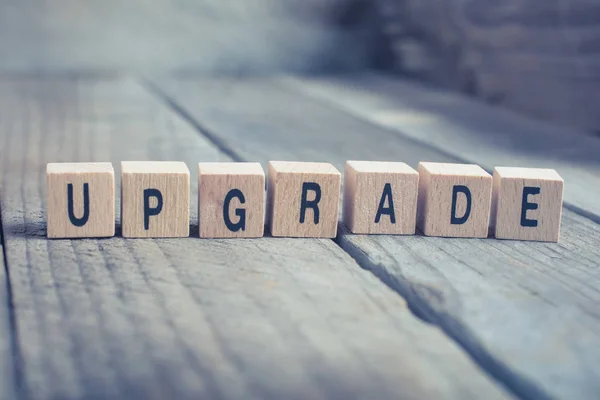
Keeping your software and firmware up to date is an important step in protecting your digital assets. Software and firmware updates often include security fixes and improvements that can help keep your assets safe from hacking and other malicious activities.
For example, if you are using a hardware wallet, it's important to keep the firmware up to date. This is because firmware updates often include security fixes that can help protect your assets from hacking attempts. The same goes for software wallets, mobile wallets, and desktop wallets. Keeping the software up to date can help protect you against vulnerabilities and bugs that could be exploited by hackers.
It's also important to note that some exchanges and wallets may require that you update your software or firmware in order to access your account. This is because the exchange or wallet may have implemented new security measures that require the latest version of the software.
The process of updating software and firmware can vary depending on the device or wallet you are using. It can be as simple as clicking on a button within the software or wallet or it may require connecting the device to a computer and following a set of instructions.
In summary, keeping your software and firmware up to date is an important step in protecting your digital assets. Software and firmware updates often include security fixes and improvements that can help keep your assets safe from hacking and other malicious activities. So, don't ignore those update notifications, they are there for a reason, to keep your assets secure.
How to protect against phishing and other social engineering tactics
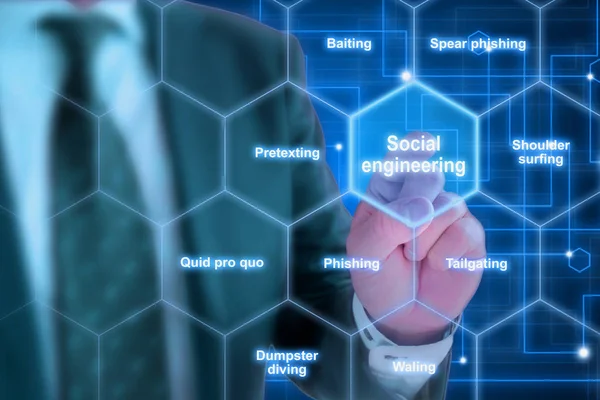
Phishing and other social engineering tactics are some of the most common ways that hackers try to steal your digital assets. These tactics are used to trick you into giving away your private keys or seed phrase, often by disguising themselves as a legitimate source.
To protect yourself against phishing attempts, it's important to be cautious when clicking on links in emails or text messages. Always double-check the sender's address and never enter your private keys or seed phrase into any website that you are not 100% sure of.
Another way to protect yourself is by using a hardware wallet, such as a Trezor or Ledger. Hardware wallets have a built-in feature called a "passphrase" that can be used to protect your assets from phishing attempts. A passphrase is a string of words that is required in addition to your private keys in order to access your assets.
It's also important to be aware of other social engineering tactics, such as vishing and smishing. Vishing is a phishing attack that is conducted over the phone, where a hacker will try to trick you into giving away your personal information. Smishing is a phishing attack that is conducted via text message.
Another important thing is to be skeptical of unsolicited messages, whether it's a call or an email, regardless of the source. Don't click on any links or download any attachments from unknown sources.
In summary, phishing and other social engineering tactics are some of the most common ways that hackers try to steal your digital assets. To protect yourself, it's important to be cautious when clicking on links in emails or text messages and to use a hardware wallet with a passphrase feature. Be aware of other social engineering tactics such as vishing and smishing, and always be skeptical of unsolicited messages. Remember, if something sounds too good to be true, it probably is.
Best practices for keeping your recovery seed phrase or private keys safe
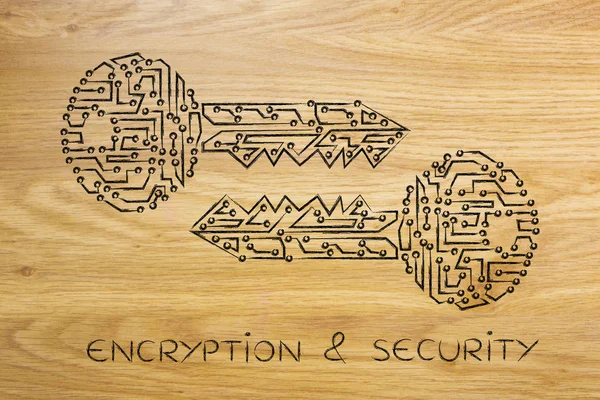
Your recovery seed phrase or private keys are like the keys to your digital assets, and it's important to keep them safe in order to protect your assets. Here are some best practices for keeping your recovery seed phrase or private keys safe:
The first and most important step is to keep your recovery seed phrase or private keys offline. This can be done by storing them in a hardware wallet or by writing them down on a piece of paper and storing it in a safe deposit box or a home safe.
Another best practice is to make multiple copies of your recovery seed phrase or private keys and store them in different locations. This will ensure that you have a backup in case your primary copy is lost or stolen.
It's also important to keep your recovery seed phrase or private keys a secret and not to share them with anyone. If someone else has access to your recovery seed phrase or private keys, they can access and move your assets without your permission.
Another best practice is to use a passphrase in addition to your recovery seed phrase or private keys. A passphrase is a string of words that is required in addition to your private keys in order to access your assets. This added layer of security can help protect your assets from phishing attempts.
In summary, keeping your recovery seed phrase or private keys safe is essential for protecting your digital assets. The best practices include keeping them offline, making multiple copies, keeping them secret and using a passphrase. Remember, your recovery seed phrase or private keys are like the keys to your digital assets, so treat them accordingly and keep them safe.
Conclusion
In conclusion, protecting your digital assets is crucial in today's world. From cold storage options like hardware and paper wallets, to hot storage options like mobile and desktop wallets, and various security measures like 2FA, multi-sig, and biometric authentication, there are many ways to keep your assets safe.
It's also important to keep your software and firmware up to date and to protect yourself against phishing and other social engineering tactics. And don't forget the importance of using strong and unique passwords, and keeping your recovery seed phrase or private keys safe.
By following the tips and best practices outlined in this article, you can protect your digital assets and ensure that your investments are safe and secure. Remember, the crypto space is constantly evolving, so it's important to stay informed and updated on the latest security measures and best practices.
In short, the crypto space is a wild west, and you are the sheriff, it's your responsibility to protect your assets. So, don't be lazy and take the necessary precautions to protect your assets, because in the crypto world, security comes first.
How to safely store and secure your cryptocurrency
 Reviewed by jadan
on
January 19, 2023
Rating:
Reviewed by jadan
on
January 19, 2023
Rating:
 Reviewed by jadan
on
January 19, 2023
Rating:
Reviewed by jadan
on
January 19, 2023
Rating:




No comments: